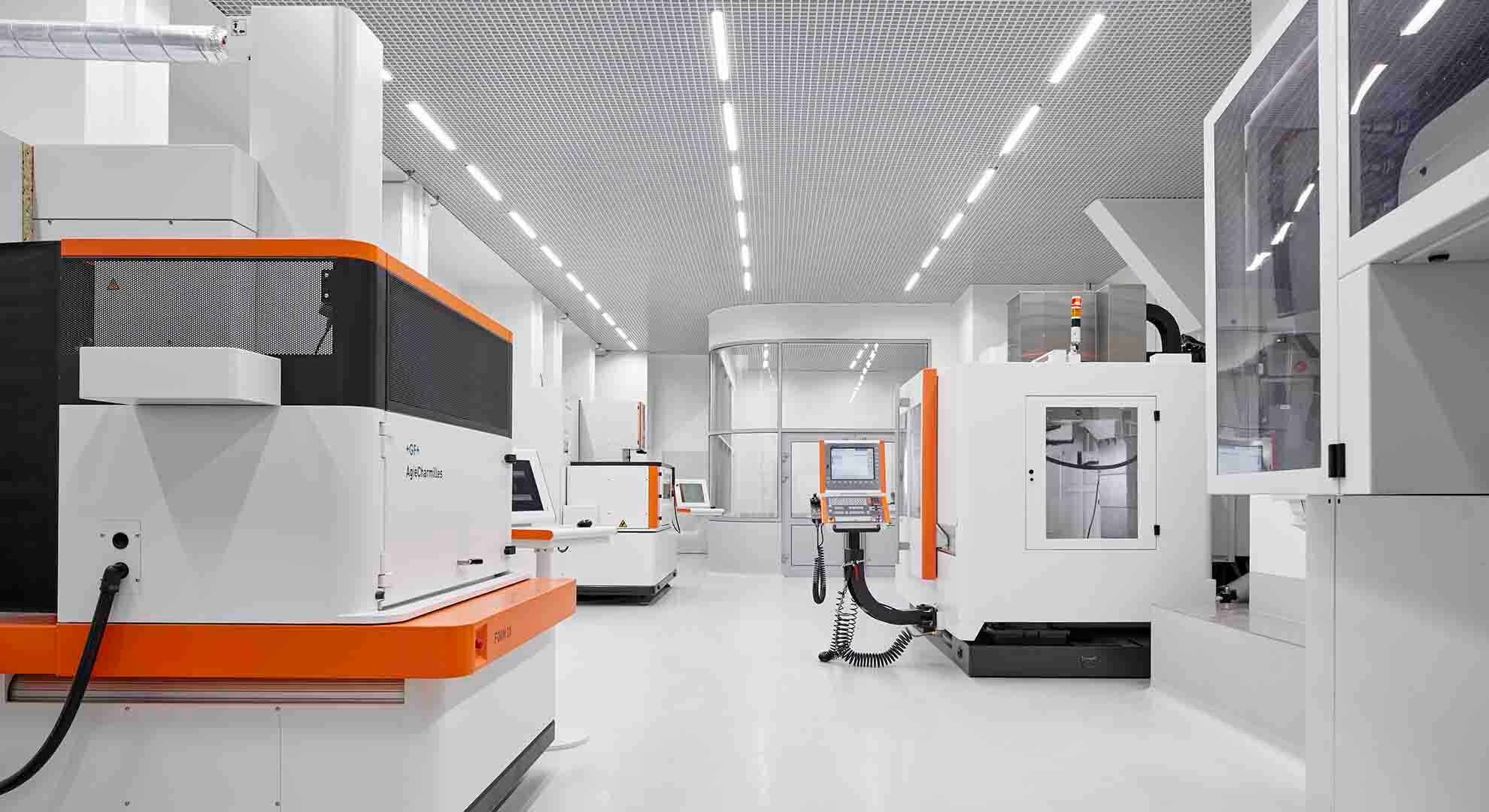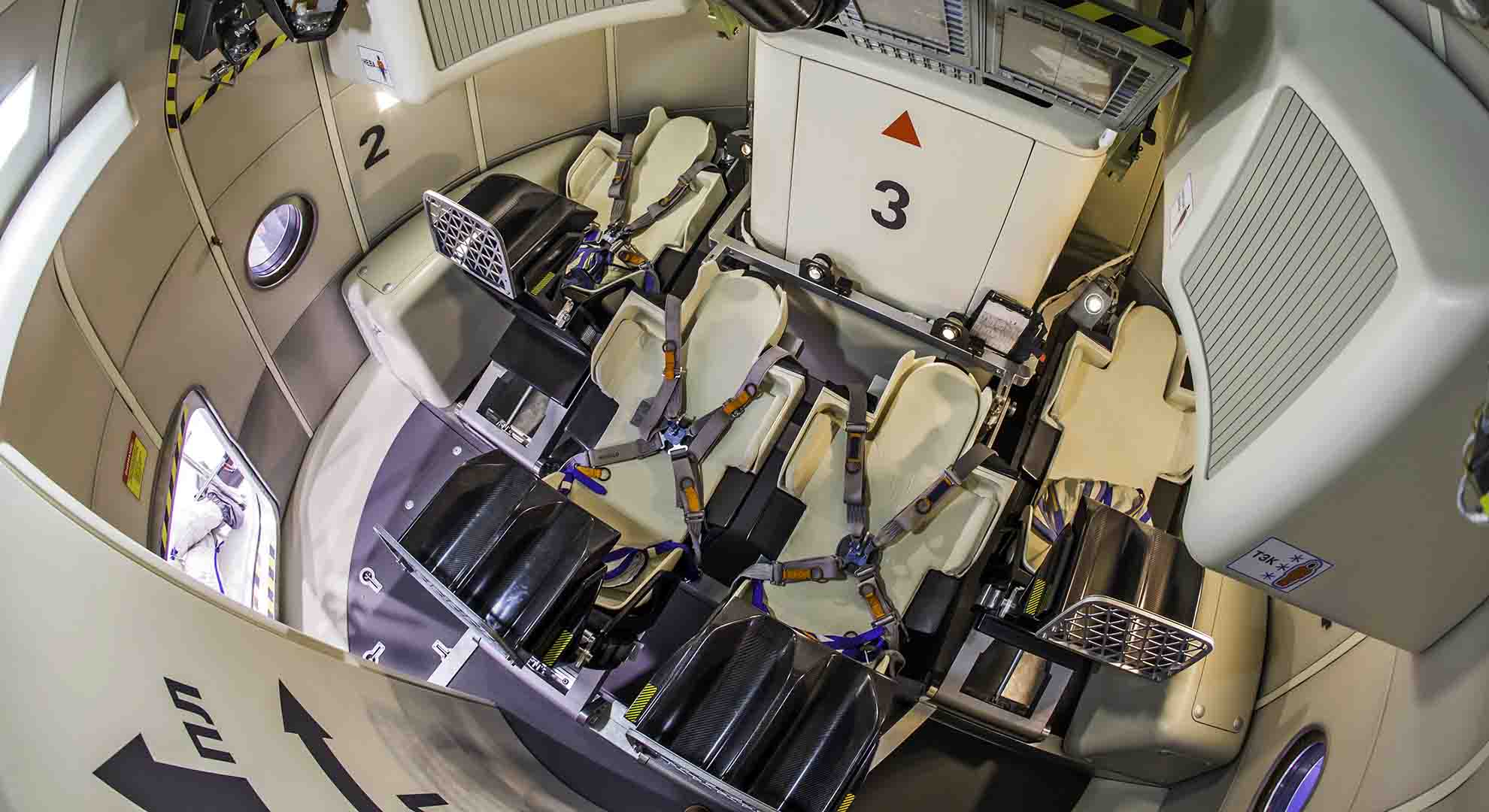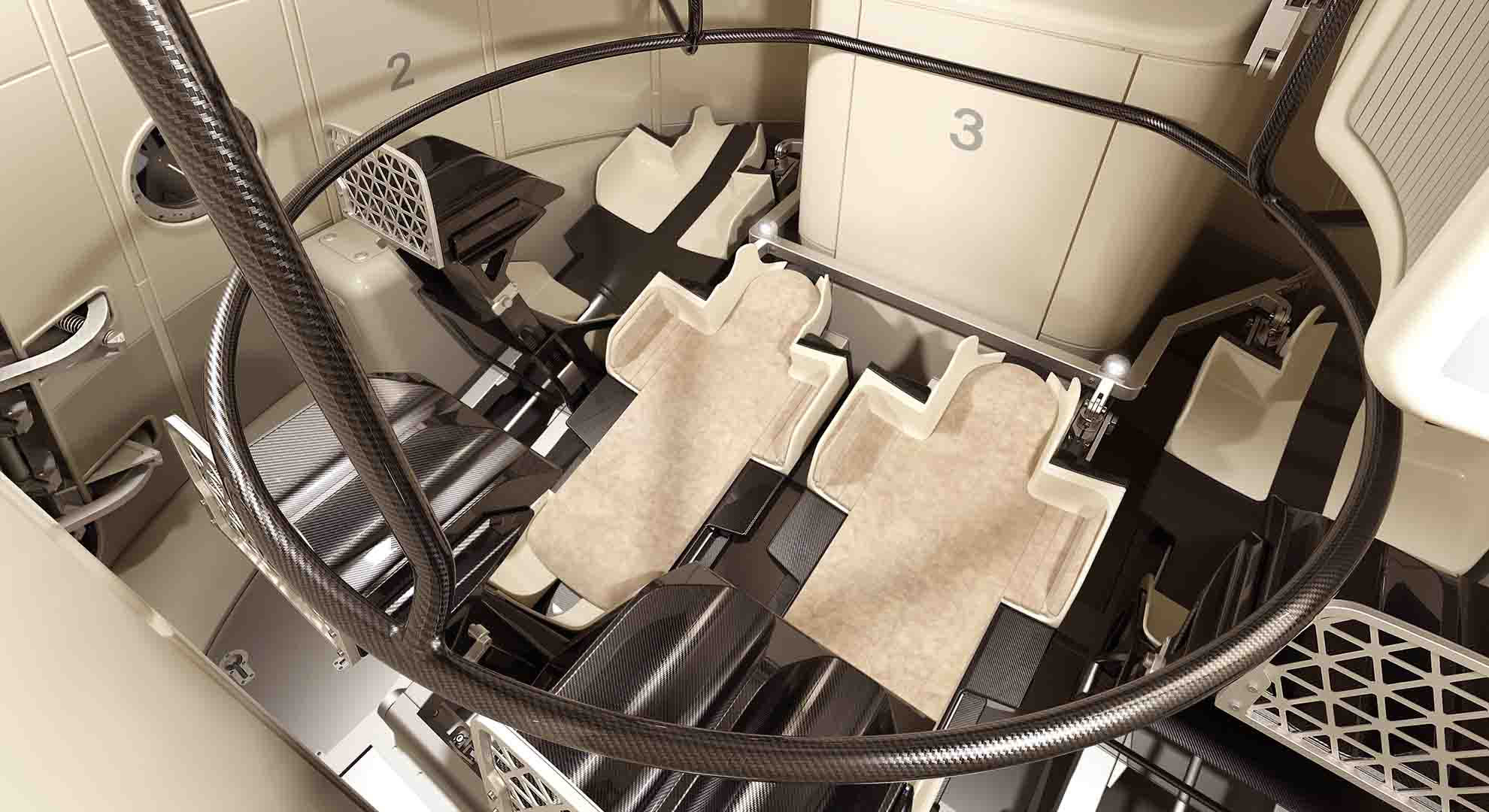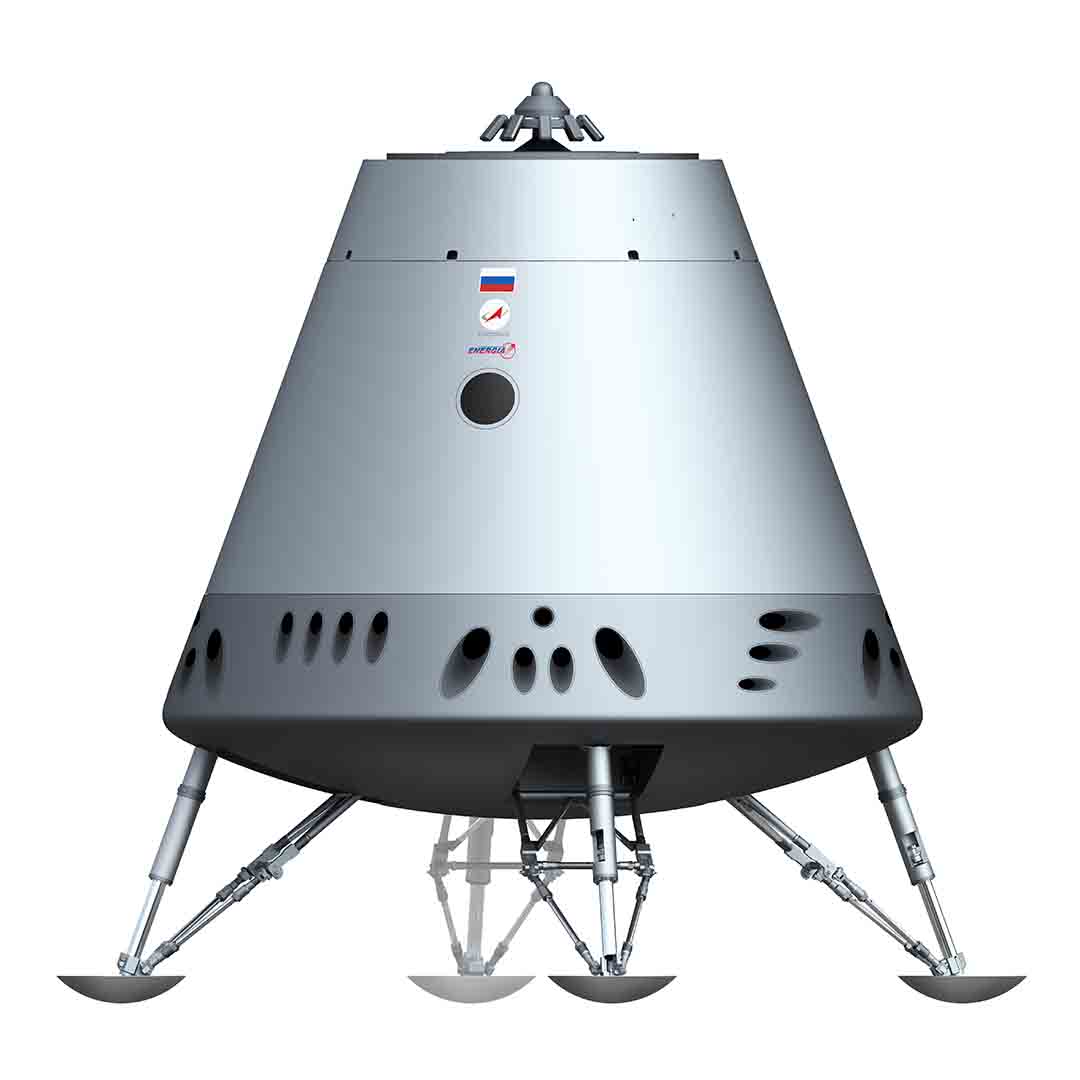Look, I Built a Space Ship
Designing a new model spacecraft
Industrial designer Vladimir Pirojkov was called upon to work on the interior design for a new spacecraft for the Russian Space Agency. Here he talks about the experience.
Can you tell us a little about your background?
My roots are in the transportation industry. I graduated from Art Center College of Design in Switzerland. My first job was as a Citroen interior designer in Paris. After six years I moved to Nice in the south of France to join the Toyota Europe Design Development Centre as senior interior designer. It was a great experience, where many countries and cultures met and learned from each other. We worked on projects for show cars and some for on-the-road production vehicles. In 2007, I returned to Russia to work on the future of the world.
How did the spacecraft project come about?
I got an invitation to join the design team for the interior design of a new generation of spacecraft from the Rocket and Space Corporation ENERGIA. This is a Russian state corporation just like NASA in the USA. They are producing the most complex space equipment such as rockets, satellites, crew spacecrafts, and also managing the entire International Space Station.
This new space ship is called ‘Federation’ and it will serve for about 50 years in future orbital missions to the International Space Station (ISS) as well as interplanetary missions to the Moon and possibly to Mars.

Can you describe the interior?
The interior space is very compact; 3.5 metres across and 2.5 metres high. It will accommodate six crewmembers for an orbital flight and four cosmonauts in the case of interplanetary mission. We attempted to create a human-friendly space.
During the process, we had to build and assemble 12.000 completely new parts into one techno-ergonomic system. We introduced and combined lots of new high-performance materials that had to be tested and certified.
Some of these unique features are; fully regulated, heavy-duty composite seats that can support fluctuations in weight in take off and landing, and an autonomous sewage system.
This sewage system is an absolutely unique engineering achievement. It cost about $20,000,000 to develop, making it the most expensive, technological and compact WC in history! Along with oxygen, clean water is a priceless substance on the International Space Station. All human-generated liquids are recycled into drinking water.


What other features have you integrated in order to make the interior has comfortable as possible?
In orbit mode, the seats of the spacecraft transform into small boxes, so the interior space enlarges dramatically. When docked at the ISS, it can be used as a stand-alone ‘room’, or as an additional WC unit. We also incorporated innovative technology under non-phenolic plastic panels with a sophisticated fixation system, so it feels like a private business jet.
Science fiction and ‘Sputnik’ culture is ingrained in us – how much did this affect the design of the craft? Was it something going through your mind as you were working on the project?
Not really. As designers, we had a very strict brief to create a space with maximum functionality and comfort for the crew. Nevertheless, we had to consider an interior color scheme in order to enhance ‘stress-free’ conditions for the cosmonauts. There is not much that is ‘romantic’ in the final product, but that is the trend in such complex equipment. May be in the future it will become some kind of style? We shall see…

3D RENDER OF THE SPACECRAFT EXTERIOR BY KINETICA
Why is this project important?
Our world is a fragile place and we take the environment for granted. Our industries are polluting the forests, soil and water, and we are producing countless nuclear weapons, and talking about ‘axis of evil’ to each other. Global warming is melting polar ice, and making the ocean level rise.
We can share or take responsibility for destroying our planet, but where is the way out of global catastrophe if it comes one day? What will we do if the Earth stands in the way of a medium-sized asteroid? Are we alone in this Universe? Do we have an escape hatch where we can survive comfortably and provide for the next generations? So many questions about existence to answer!
And on a personal level?
There are not many countries that could rise to the challenge of such a goal, maybe three or four. One of those is Russia. I’m Russian and I feel it is my responsibility to embrace these challenges for the survival of the human race.
I’m proud to say that I’m the designer of the New Generation Crew Spacecraft! It will travel to the moon and Mars. Maybe we will discover opportunities we had never imagined or find a new home in this lonely universe.
Main image: Cosmonaut Mark Serov testing spacecraft equipment. Photo by Marina Lysceva
